BestCheck Basic Blood Glucose Monitoring System
Original price was: 1,800.00৳ .1,200.00৳ Current price is: 1,200.00৳ .
BestCheck Basic Blood Glucose Monitoring System
Before you Begin: Before using the products, read all of the instructions carefully.I the information you need to know to get accurate readings
Fasting Blood Glucose
Normal 3.9-5.6 mmol/L
Early Diabetes 5.5-7 mmol/l
Diabetic > 7.0 mmol/L
The following values are expected glucose levels for non-diabetics.
Upon waking-fasting 3.9-5.6 mmol/L.
After meals 3.9-7.8 mmol/l
The following values are targets for diabetics
Before meals 5.0-7.2 mmol/L
1-2 hours after starting a meal < 10.0 mmol/L
Source: American Diabetes Association
Test Principle
Blood glucose measurements are based on electrical current changes caused by the reaction of glucose with the reagent on the electrode of the corresponding strip.
Items you need
BestCheck Series Meter
BestCheck Control Solution (not included)
BestCheck Test Strips
BestCheck Code Key
Items in the Package
1. BestCheck Meter
2. BestCheck User Manual
3. Check Strip 4. Pouch
4. 3V battery
5. BestCheck Test Strips / Manual
Description
BestCheck Basic Blood Glucose Monitoring System
Before you Begin
Before using the products, read all of the instructions carefully.
I the information you need to know to get accurate readings
Warnings
• Do not change your medical plan without a doctor’s approval The BestCheck system should not be used for diagnosis.
• If using the BestCheck system to monitor an existing disease only adapt treatment with proper training.
• Do not use the BestCheck system to test newborns
• Be sure to follow your local regulations for proper disposal of used test strips, lancets, and batteries.
• The monitoring system will not work properly at altitudes greater than 8,000 feet (2,400 meters) above sea level.
• This system is designed for use at temperatures between 14°C and 40°C (57.2°F and 104°F) and less than 85% relative humidity. If you use the system outside of the proposed conditions, it can give false results
Precautions
• Do not use the meter in a very dry environment, especially if synthetic materials are present
• Synthetic clothes, carpets, etc, may cause damaging static discharges in a dry environment.
• Do not use this meter near cellular or cordless telephones. walkie talkies, garage door openers, radio transmitters, or other electrical or electronic equipment that are sources of electromagnetic radiation, as these may interfere with the proper operation of the meter.
• Store the device and the components in a clean, safe location.
• Store the test strips between 4 and 30 °C (39 and 86°F).
Limitations
The following compounds (left column) in the blood at the given
concentrations can cause inaccurate results on the test for.
Compound Concentration
Acetaminophen 15 mg/dL
Amiloride 20 mg/dL
Ascorbic acid 10 mg/dL
Dopamine 5 mg/dL
Gentisic acid 12.5 mg/dL
Glibenclamide 10 mg/dL
Glutathione 200 mg/dL
Ketoprofen 50 mg/dL
L-Dopa 5 mg/dL
Methyl-Dopa 4.0 mg/dL
Uric acid 16.1 mg/dL
Hematocrit 30% >55%
Cholesterol up to 500 mg/dL or triglycerides up to 3,000 mg/dL do not significantly affect results. Grossly lipaemic patient samples have not been tested and are not recommended for testing with the BestCheck.
Intended Use
The BestCheck is designed for in vitro diagnostic use only
(external use only), and is suitable for self-testing. The system is for healthcare professionals and persons with diabetes to measure glucose. Simply add a drop of blood to the test strip, and the result is displayed on the screen in 10 seconds for glucose.
Test Principle
Blood glucose measurements are based on electrical current changes caused by the reaction of glucose with the reagent on the electrode of the corresponding strip.
Items you need
BestCheck Series Meter
BestCheck Control Solution (not included)
BestCheck Test Strips
BestCheck Code Key
Items in the Package
1. BestCheck Meter
2. BestCheck User Manual
3. Check Strip 4. Pouch
4. 3V battery
5. BestCheck Test Strips / Manual
Blood Glucose Testing
The first time you use the BestCheck Meter or open a new test strip vial, insert the code key from the test strip vial. Each test strip vial contains one code key. Make sure the number on the code key matches the code number on the vial of test strips you use.
1. Take one strip from the vial of glucose test strips. Close the vial quickly. 2. Insert the test strip into the test strip slot on
the meter. The meter first displays the code number, and then the blood symbol “”.
3. Clean your finger with an alcohol swab. Let it dry completely.
To increase blood flow to the lancing site, use warm water to wash your hands, and let your arm hang down at your side.
4. Place the puncturer on your finger.
5. Press the trigger on the puncturer.
6. Withdraw the puncturer.It is very important that you put enough blood on your test strip so that the entire reaction zone is covered. This ensures that your meter can give accurate and reliable results.
7. Wipe away the first drop of blood and allow a second drop to form.
8. Touch the drop of blood to the top of the test strip target area. The target area turns red as the strip absorbs the blood. The testing reaction starts when the meter sounds a beep.
9. The meter then counts down from 6, shows your result on the screen, and stores your result in its memory automatically.
10. Record your glucose value on the provided log sheet.
Fasting Blood Glucose
Normal 3.9-5.6 mmol/L
Early Diabetes 5.5-7 mmol/l
Diabetic > 7.0 mmol/L
The following values are expected glucose levels for non-diabetics.
Upon waking-fasting 3.9-5.6 mmol/L.
After meals 3.9-7.8 mmol/l
The following values are targets for diabetics
Before meals 5.0-7.2 mmol/L
1-2 hours after starting a meal < 10.0 mmol/L
Source: American Diabetes Association

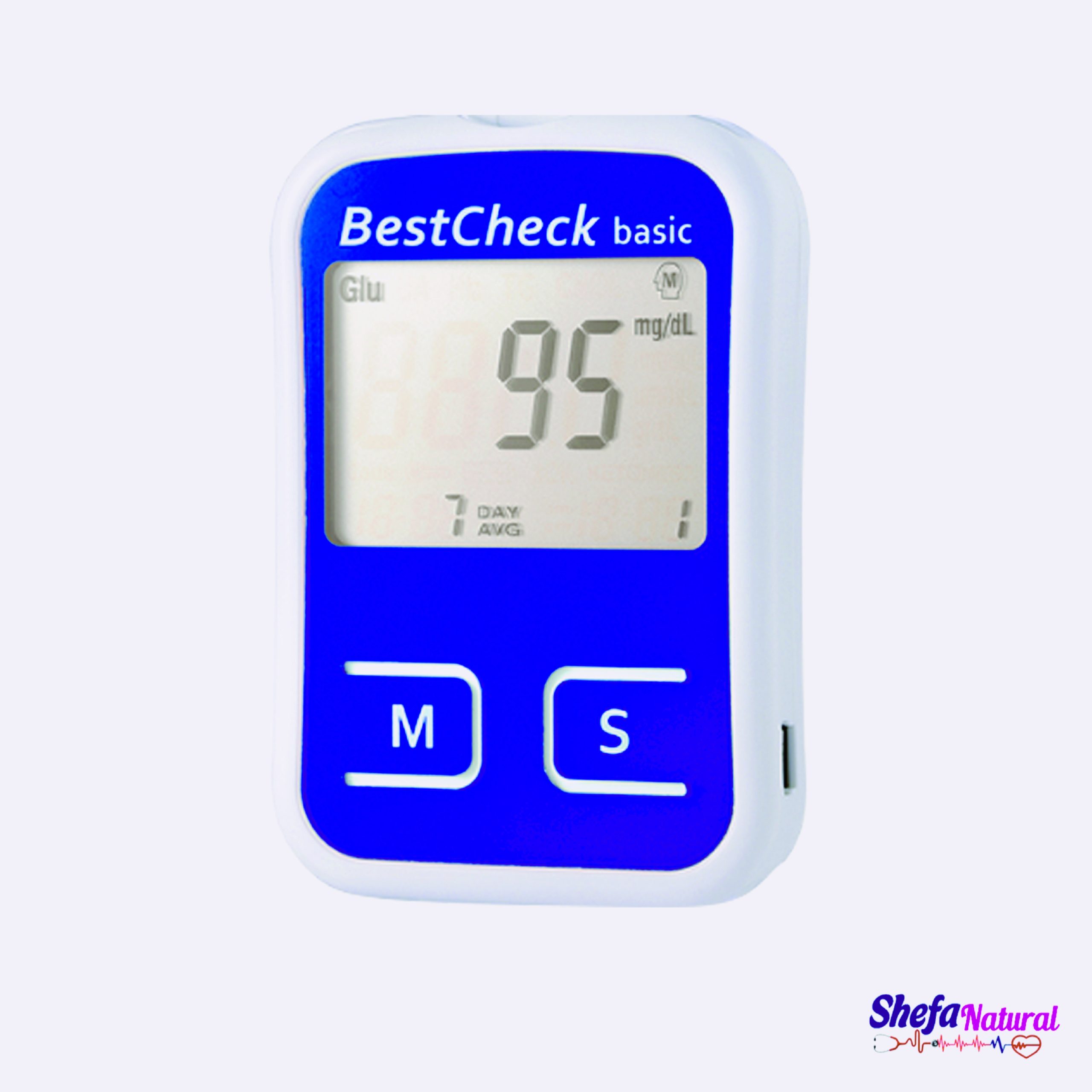
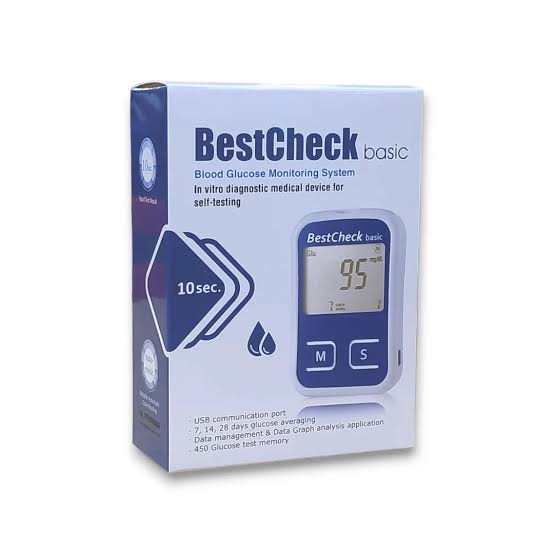
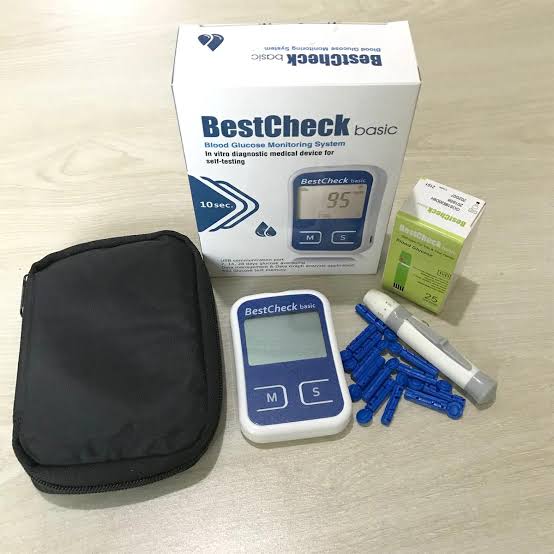

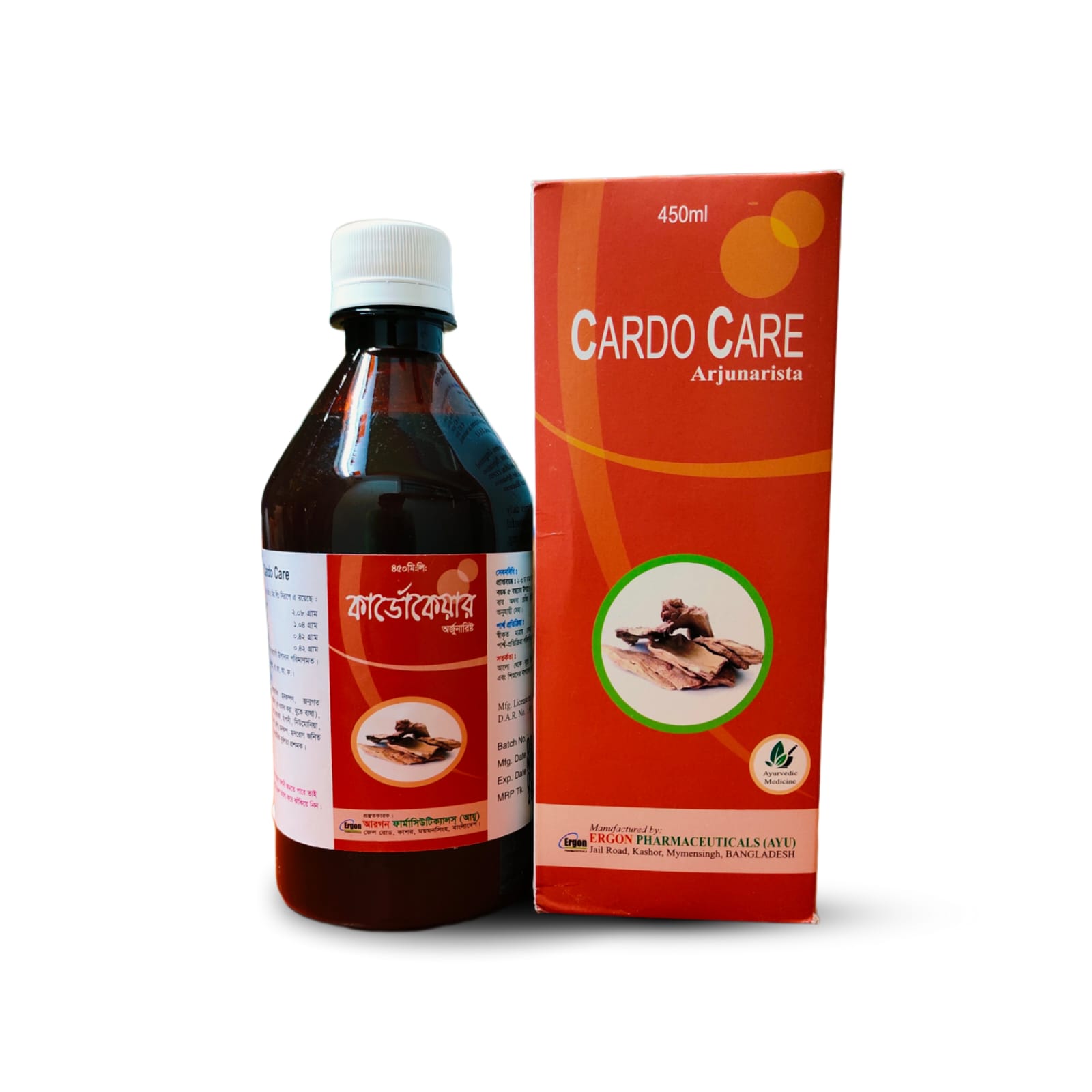

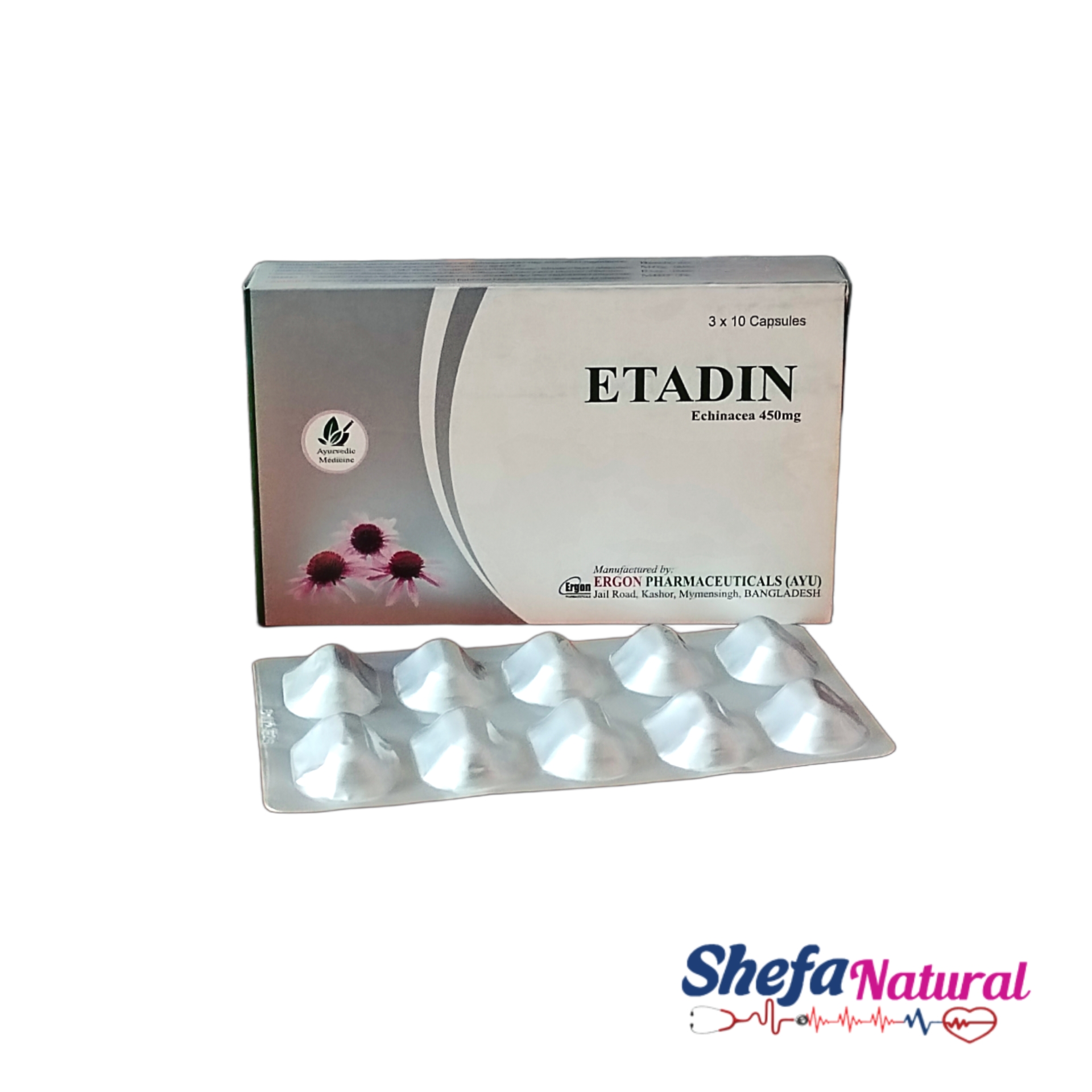
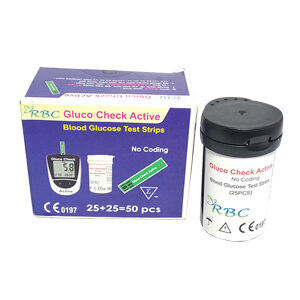

Reviews
There are no reviews yet.